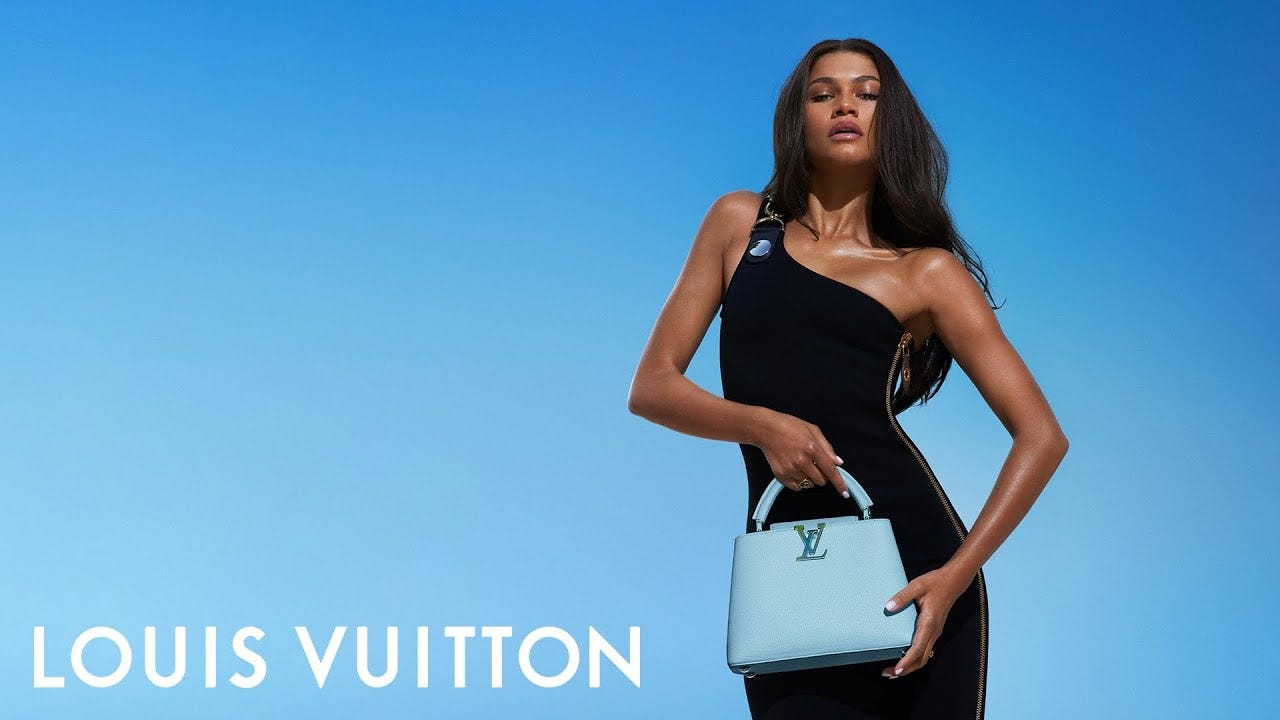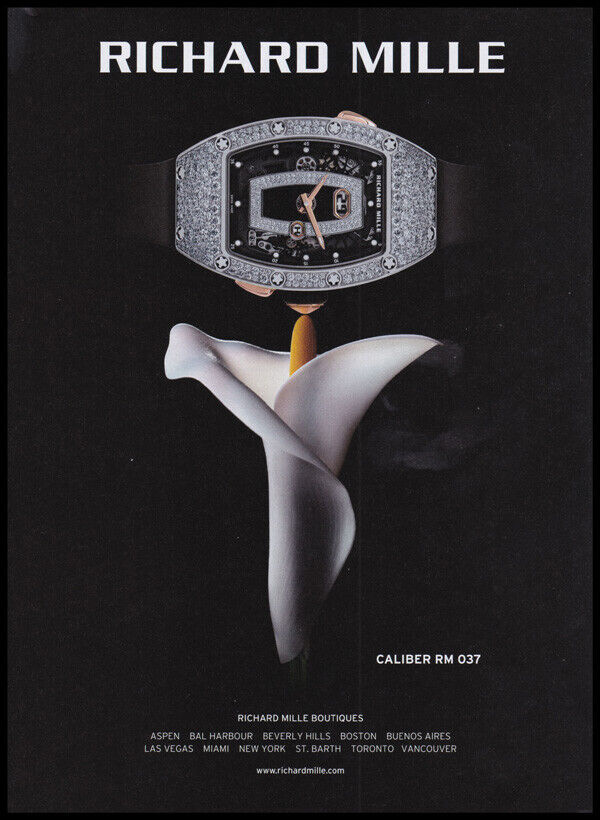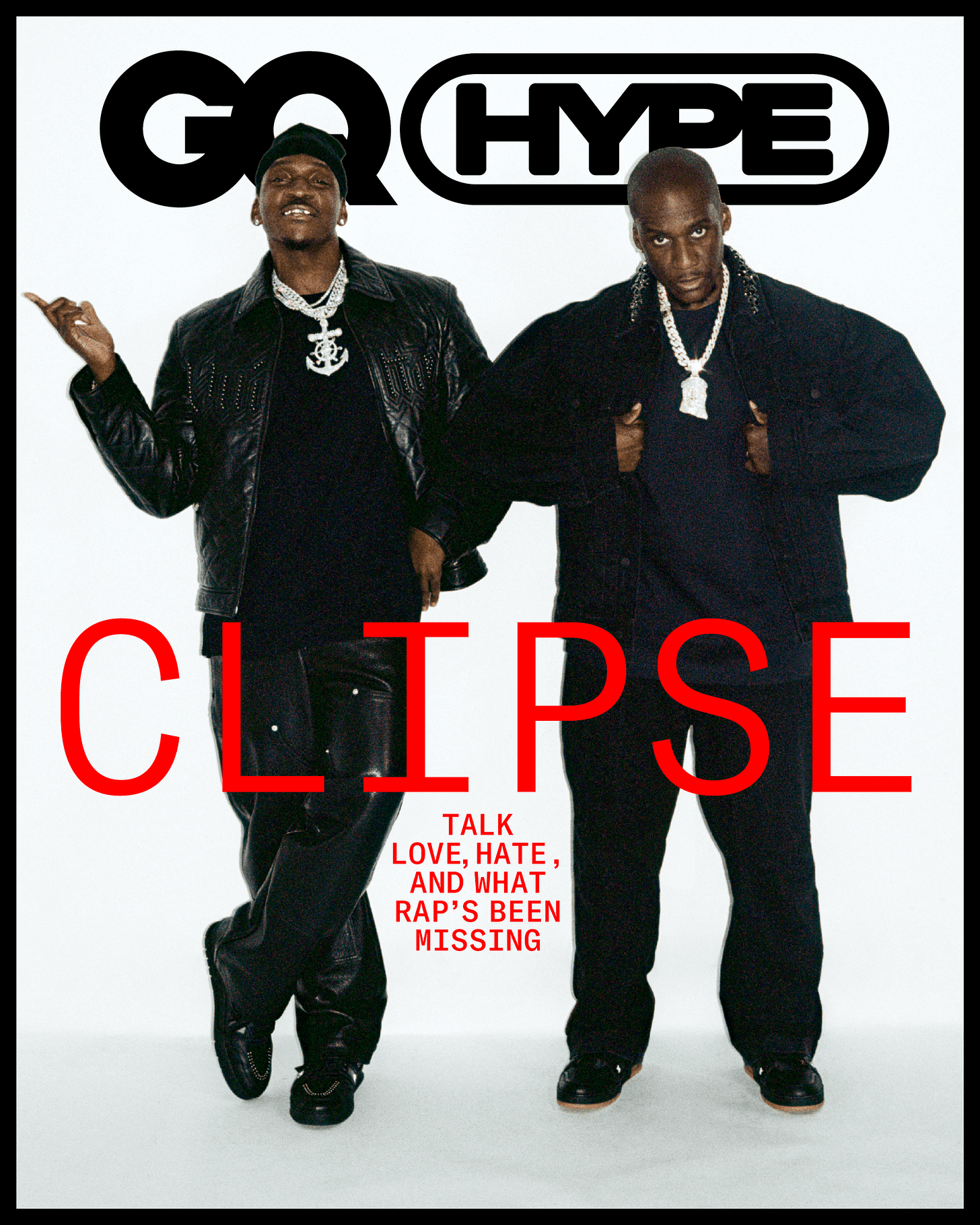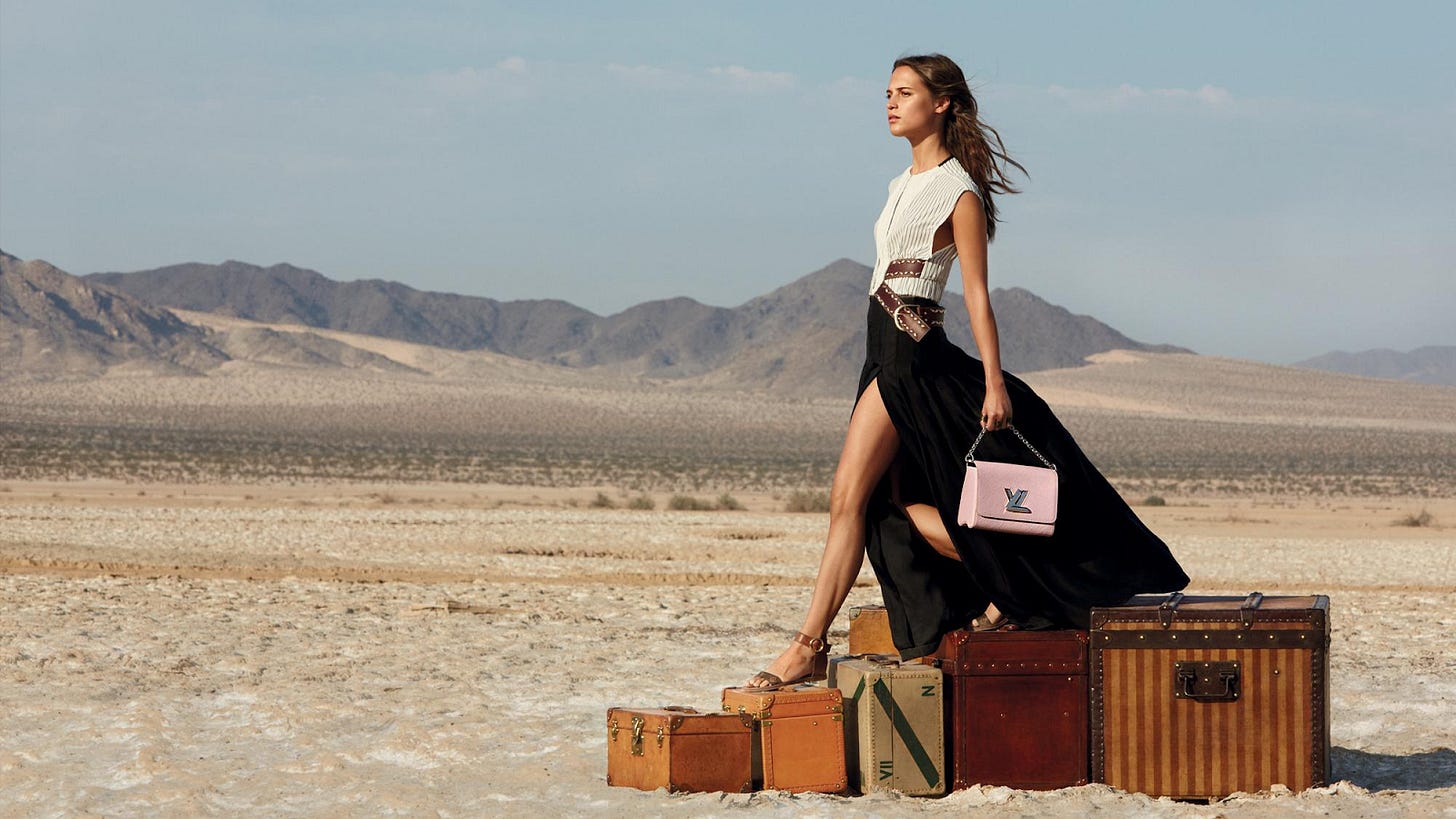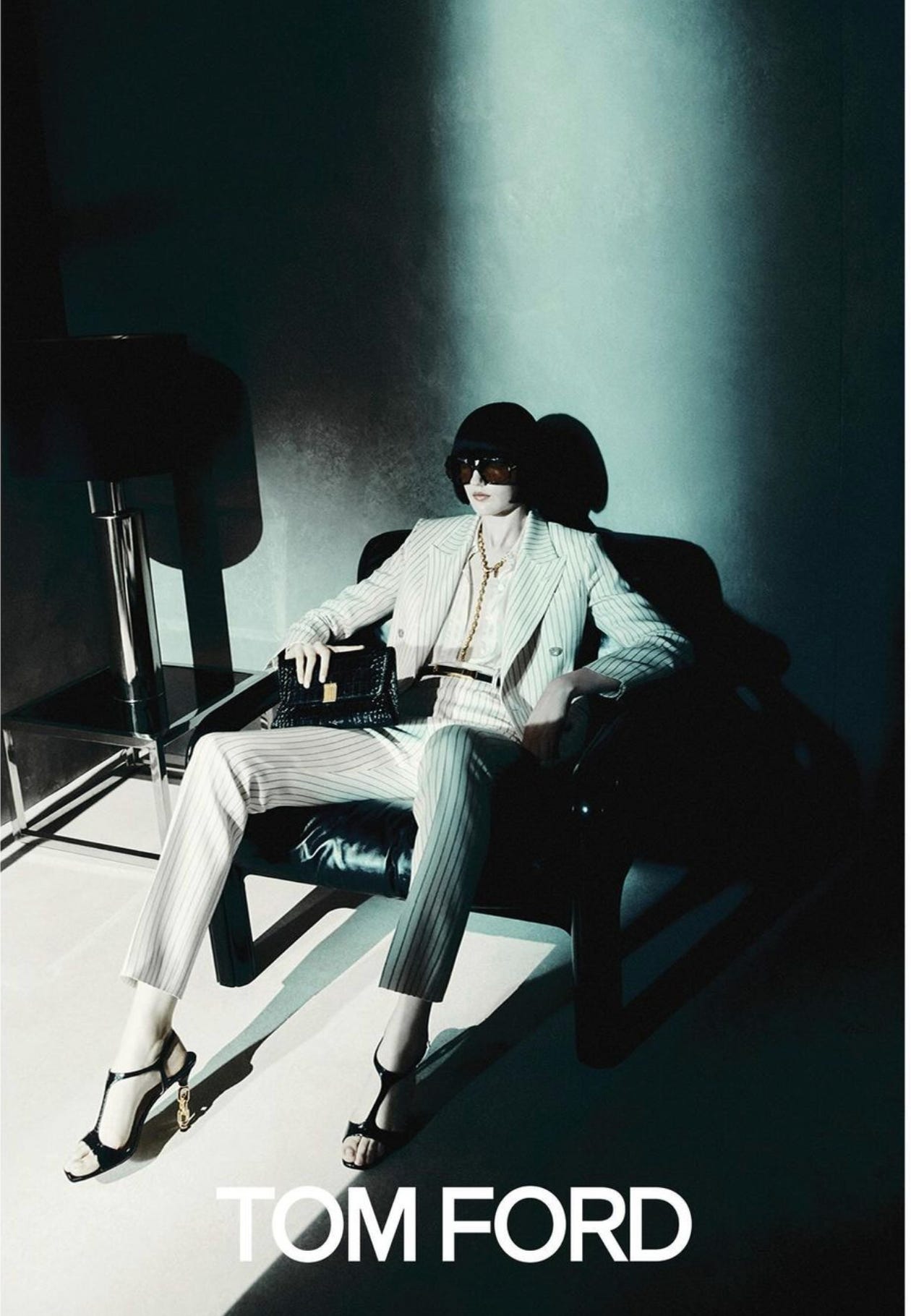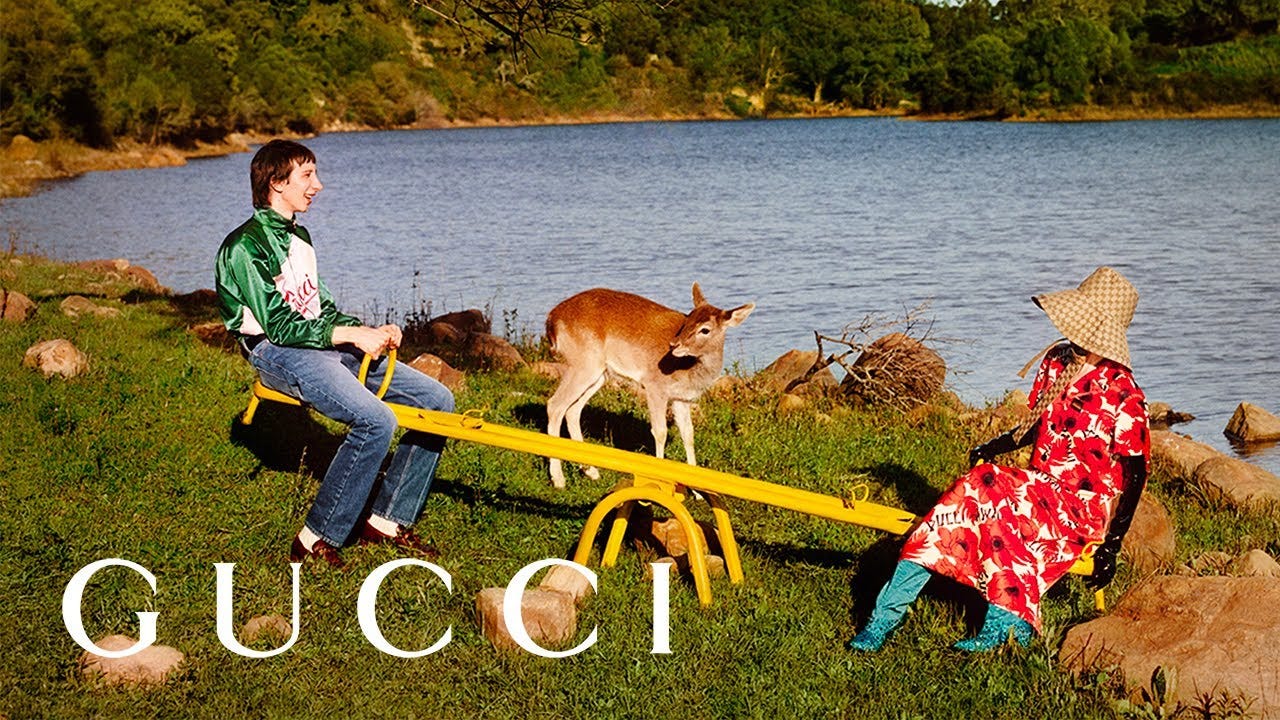How Much Does A Dream Cost?
How To Leverage A Luxury Strategy, Defy Competition, And Elevate Your Brand
How much does a dream cost?
How much would you pay for a dream? What price tag would you put on a fantasy?
In the trenches of quotidian life, there is no simple answer to these questions. In the world of luxury, however, dreams are more than mere abstractions—they are the pixie dust sprinkled over real objects with true, estimable value. Luxury clients don’t pay for things, they pay for transcendence, status, and the opportunity to be recognized as unique.
Indeed—of all the marketplaces and industries in the world, luxury is perhaps the most intriguing when it comes to consumer psychology, simply because it proves that utility and functionality are not the end-all-be-all of product appeal. It provides a rich study into one of humanity’s most fundamental desires—the need to feel special, superior, and set apart. When it comes to crafting desirable products, no one does it better than the luxury industry because luxury is product charged with meaning to the utmost degree.
For today’s dispatch, we are conducting a brief exploration into this exceptional world and highlighting the various ways that even non-luxury brands can infuse their own strategies with the magic of aspiration.
Luxury Companies Vs. Luxury Strategies
Companies and creators who command dream-power can gain an incredible advantage in the marketplace, often achieving unbelievable margins, high pricing power, and mythical levels of notoriety.
LVMH or Hermes, for instance, need no introduction. LVMH is one of the most valuable publicly traded companies in the world with a market cap over $307 billion and its CEO, Bernard Arnault, has vacillated in and out of the “Most Wealthy Person” list for years. Apple is often cited as an example of a company that has successfully adopted a luxury-like positioning while simultaneously being one of the most ubiquitous brands on the planet. Decades ago, in order to differentiate itself from the likes of Microsoft and Dell, Apple decided that it wanted to be the sexy brand—“not like the other tech companies.” That’s why you’ll always find an Apple store on the same street as a Gucci, Chanel, or Rolex retailer, and why The Apple Watch first debuted in a 12 page spread of Vogue rather than Wired or Tech Crunch. The subconscious dream of an Apple owner is to be seen as someone with boundless creativity, superior taste, and the ability to navigate life with perfect convenience.
In his book on Big Tech, Scott Galloway sums up the five criteria of luxury from a more structural perspective, and it certainly does sound like Apple:
Having an iconic founder
Artisanship
Vertical Integration
Global Reach
Premium Price
The Anti-Laws of Marketing
The seminal text on this subject, however, is undoubtedly The Luxury Strategy by Jean-Noël Kapferer and Vincent Bastien, who distilled the tactics of verified luxury companies into twenty four anti-laws.
These anti-laws are principles of the luxury market that fly in the face of conventional wisdom. These are the rules (and risks) that luxury companies must submit to in order to enjoy their elevated status amongst a sea of logos.
According to Kapfere and Bastien, the key to luxury branding is explained in the first rule: “Forget about ‘positioning’, luxury is not comparative.”
When it comes to luxury, being unique is what counts, not any comparison with a competitor. Luxury is the expression of a taste, of a creative identity, of the intrinsic passion of a creator. Luxury makes the bold statement ‘this is what I am’, not ‘that depends’— which is what positioning implies.
Chanel has an identity, but not a position. Identity is not divisible, it is not negotiable— it simply is. Luxury is superlative and not comparative. It prefers to be faithful to an identity rather than always worrying about where it stands in relation to a competitor.
In other words, luxury brands are princesses that float above the fray, they are not the players on the competitive field. Each decision is designed to reinforce the singularity of a luxury brand’s identity rather than try to “one-up” someone else. To compete with others would implicitly bestow a kind of equality on the competitor by suggesting that it might be comparable—and luxury brands are anti-egalitarian to the core.
In order to demonstrate the effectiveness of these anti-laws, I thought it would be useful to use an unlikely example: a pair of 50-year old ex-cocaine dealers that are the hip-hop community’s favored candidate for album of the year.
Meet Clipse
Now I’m ten times the E.B.I.T.D.A
If you let the money talk, who speaking up
I’m sleepwalking, y’all don’t dream enough
My third passport, I ain’t seen enough
If you can breathe up there, it ain’t steep enough
The scale don’t lie, you ain’t even us.
Hip-hop duo Clipse took the music industry by storm this year after releasing their first album in over 15 years. The two brothers, Pusha T and No Malice, are legends in their own right, but are also childhood best friends with Pharrell Williams, the producer-songwriter who is now the Creative Director at Louis Vuitton. The entire album was made in LVMH’s headquarters in France, and its obvious that the project was steeped in the luxury mindset. The rollout for the album was widely applauded by hip-hop fanatics and casual observers, yielding over 118,000 units in the first week.
These are phenomenal numbers for any musician in the modern age, but especially notable for artists that haven’t released in over a decade and who are purists that eschew the superficial, pop-influenced melodies of modern sound. With stage personas sometimes described as “villains with a conscience”, the two brothers became the first hip-hop act in history to perform at the Vatican, performing a heartwarming tribute to their late parents. Below are a few of the anti-laws they leveraged to defy comparison, establish their territory, and gain an audience with the pope. For a full list of the anti-laws, click here.
The role of advertising is not to sell
My homies that didn’t die was all in prison
Visits behind the glass, my mirror image
Skin is blemished-
Names was mentioned-
Explains the sentence-
The pain is endless.
Luxury brands don’t beg, barter, or bargain. Ever. Even in their advertising.
Instead, luxury brands take every visible opportunity to tell their story, elevate the customer, and add emotion to their brand universe. This is why Pusha T and No Malice were exceptionally picky regarding the interviews, performances, and covers they lent themselves to. Instead, they chose art-oriented or hip-hop-centric media that they knew would let them keep the album as the main conversation piece, give them time and space to talk in-depth about their art, and send out signals to the right fans that this project would be one of substance. This is part of creating scarcity which drives demand, not in musical supply, but in visibility and personal appearances.
Dominate the client
They don’t know what it is when I’m on it
But once they figure it out, I don’t want it
So far ahead, you n****s are behind.
“The right fans” that the Clipse wanted to send a message to were the hip-hop heads—individuals who admire MC’s that can still write with intense lyricism, structured flows, and who pay tribute to the long-standing traditions of the art form.
However, this does not mean that the album was made to pander to these fans’ demands. Rather, Clipse leveraged their reputation and legacy in the rap game to dominate the client, meaning they cultivated a relationship with the fans that is more akin to an “educator” than that of a provider of service. Like a high-end sommelier giving recommendations to a novice wine-drinker, Clipse were able to tell the listeners “this is the good stuff that you should want.” Afterall, who is able to know this better than the practitioners, the craftsmen, and the artists themselves? This is a tenuous and difficult relationship to establish, but it pays dividends when done successfully.
Keep stars out of your advertising
All I see is 60-day stars and 20-year thousandaires
Not enough shoppin’, whole lot of browsingaires
My reinvention, I know you thinkin’ how’s it fair
You stream kings but you never fit a crowd in there
Get these fifty five hundred a hosting n****s out of here.
The wrong influencers can kill a luxury brand. Most celebrities and social media stars rise and fall in accordance with popular trends, but luxury needs to remain timeless. The Clipse team understood this clearly and actively avoided the people that every other hip-hop or RnB marketing team courts: Twitch streamers, Tik-tok stars, and podcast pundits.
If consumers perceive that an influencer or celebrity was courted by a luxury brand because the brand needed that influencer’s star status, it detracts from the overall dream-power of the product. Instead, luxury brands select celebrities to act as “ambassadors” (very different than influencers) only when brands are positive that the essence of the celebrity can be sufficiently subservient to the fashion house. Celebrities should be the one’s courting the brand and should be honored to represent the product, not the other way around.
(Note: Celebrities have become more common in luxury marketing today, mostly to their detriment. The luxury market has been suffering lately and many brands have desperately reached for a lifeline. This is a risky trade-off and luxury brands will need to find a way to recover the dream power lest they continue their downward spiral.)
Cultivate closeness to the arts for the initiate
Penne alla vodka, Panama fishin’ village
Visitin’ with papa, with choppers, all of you imposter
Simply just Ferrari window shoppers
The one that I just ordered look like it was built by NASA
Over half a mill’ we call focaccia, reachin’ for acacia
Never leavin’ home without my piece like I’m Mahatma
From the tribe of Judah, I’m Mufasa
Never turn the other cheek, you’ll die at the Oscars.
Luxury, whether it be clothing, cars, or hotels, is not art; but it increases in value by being associated with art. This is because, at its core, art and luxury exist in a domain that transcends mere utility and functionality, dipping into the glories of beauty, sensuality, and desire. From a luxury mindset, someone who thinks that art is synonymous with decoration probably doesn’t understand that luxury is also not about performance. They need to be taught that a used Birkin Bag does not sell for half a million dollars because it’s the best satchel for holding things, but because of the history, design, and meaning that is vested in the Birkin.
Clipse elevated their brand and signaled themselves as the taste-makers by constantly putting themselves into proximity of both luxury and art. For instance, famed sculptor KAWS did their album cover and merch, interviews were conducted in LVMH headquarters, and references to high-end brands and prestigious artists were abundant in every setting.
Do not relocate your factories
I reside in VA, ride in VA
Most likely when I die, I’m gon’ die in VA.
Place is paramount to brand stories. All cult followings (and most religions) have deep ties to geographical locations. Distribution, of course, can be global. But where the product originates can never be relocated. Can you imagine if Prada moved to Texas or if Armani was made in China? This is one reason why e-commerce brands that prize themselves on being too global or “of the internet” will always lack the classic feel of vintage fashion houses. Being a digital brand can become too modern— and it lacks location.
Even for Clipse, the importance of being born and raised in Virginia is paramount to their brand story. They have songs about Virginia, rep Virignia in music videos, talk about Virginia in lyrics, and express love for Virginia in interviews. Pusha T even married a woman named Virginia. The lesson? Every compelling brand story needs a specific soil.
Conclusion
The world of luxury, in many ways, is easily conflated with the worst of late capitalism and classism. But it also contains remarkable insight into the nature of desire, storytelling, and craftsmanship. While there is much to criticize about this industry, it is also a unique space where beautiful and dignifying design is favored above commodification or dehumanization; where relationship with customers is never outsourced or impersonal; and where mindless consumption is rejected in favor of taste, longevity, and tradition. Brands, social movements, and community-builders can learn from the luxury world and those that deploy these strategies will quickly punch above their weight class, do more with less, and discover exactly how valuable a dream can be.
Hope you enjoyed this dispatch of Mercury’s Playbook, continuing Hermes’ work of shepherding dreams and guiding merchants. See below for bonus links and don’t forget to subscribe!
Feathers For The Footnotes (Bonus Links)
If you’re interested in learning more about the luxury world, the best place to start is through Acquired’s deep dive into Hermes and LVMH.
, a Substack I read often, just wrote a great newsletter on the luxury e-commerce crisis. Can you see which anti-laws these companies violated?
About the Author
Bradley Andrews is a hopeful rabble-rouser on a mission to inspire the world. Stay in touch with what he’s doing outside of Mercury’s Playbook by subscribing to a weekly digest of his activity through micro.blog. This will send you writing, photos, and other curiosities that extend beyond the scope of this newsletter.


